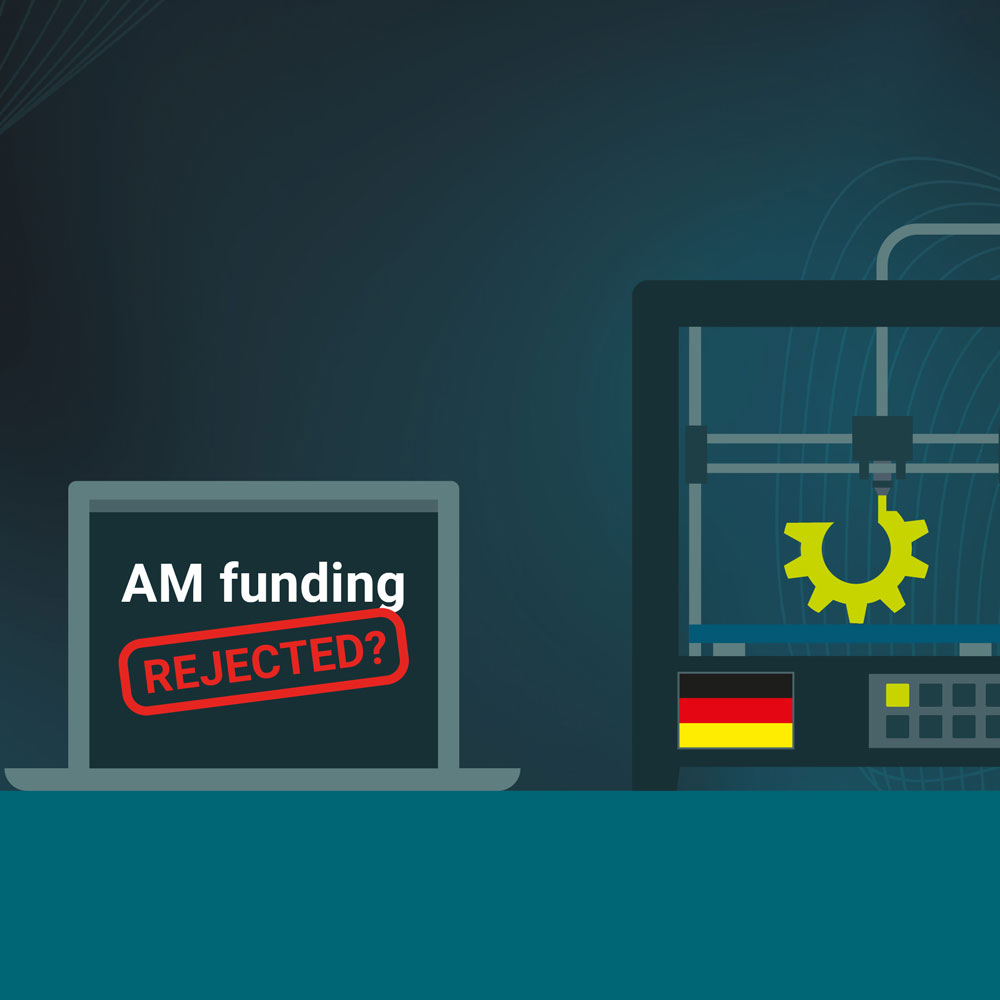How has the employment situation in the AM world evolved over the past 2-years?

Over the past two years, the AM employment landscape has seen significant shifts, marked by slower workforce growth and a sharp decline in job opportunities across key regions. In 2024, hiring fell by 14% in North America, 21% in EMEA, and 18% in APAC, contrasting with previous years where workforce growth ranged between 17% and 27%. Despite this slowdown, the talent pool continued to expand, leading to stark candidate-to-job ratios in 2025: 122:1 in North America, 87:1 in EMEA, and 220:1 in APAC.
Are there still areas where there is a shortage of skilled workers?
Demand has shifted toward roles that support AM adoption and scalability, with salary growth highest in Applications & Consulting (+8.2%) and R&D & Engineering (+6.6%), and a critical shortage emerging in skilled Operators and Technicians. Notably, there was a 16% increase in professionals open to new roles, yet actual job changes remained relatively stable. This suggests that while professionals are exploring opportunities, many are opting for stability amid economic uncertainty. This nuance reflects a cautious job market: high openness to move, but hesitancy to act.
How have salaries developed in the meantime - How much do you currently earn as a newcomer after graduation or with 4 years of experience?
Salaries in the AM industry have seen modest growth over the past year, with increases of 5.1% in North America, 6.5% in EMEA, and a decline of 1.1% in APAC, though these gains often failed to keep pace with inflation – resulting in a decrease in real wages for many professionals. For newcomers entering the industry after graduation, typical starting salaries range from $50,000–$60,000 USD in North America, €35,000–€45,000 in EMEA, and $25,000–$35,000 USD equivalent in APAC. After three to four years of experience, professionals can expect salaries to increase to approximately $60,000–$75,000 USD in North America, €45,000–€60,000 in EMEA, and $30,000–$45,000 USD in APAC.
These ranges are averages across disciplines such as Engineering, Software, Sales, Service, and Technician roles, and should be taken as general benchmarks. Actual salaries vary depending on both the discipline and the region, with Software and R&D typically earning more, and Technician or Operator roles on the lower end unless highly specialized. Geographic location also plays a key role, as local cost of living, market maturity, and demand for talent can significantly influence starting salary levels. Overall, salary development reflects the industry’s cautious growth and the economic challenges shaping its workforce dynamics.
Apart from salaries, what other factors play an important role when skilled workers decide on a position?
Something we have seen across the entire AM workforce – especially since the pandemic – is a surge in the preference for work-from-home (WFH) opportunities or flexible working hours as a benefit in compensation packages.
This is something that employers need to consider when it comes to employee retention, as there has been a notable shift in what talent is willing to accept in terms of workplace culture and the importance of work-life balance.
Has there also been a certain development in these soft factors in recent years?
Our 2025 AM Salary Survey Report showed that work-life balance and company culture have remained steady motivators for job changes over the past three years. However, in 2025, “Work Environment or Culture” was the only motivator to see an increase, while “Work-Life Balance” held strong, with 34% of respondents ranking it among their top three reasons to consider changing jobs. This trend is particularly noteworthy, as all other motivators saw a decrease in popularity this year, underscoring the growing importance of workplace culture and balance in employee retention.
Thank you very much for talking with us









